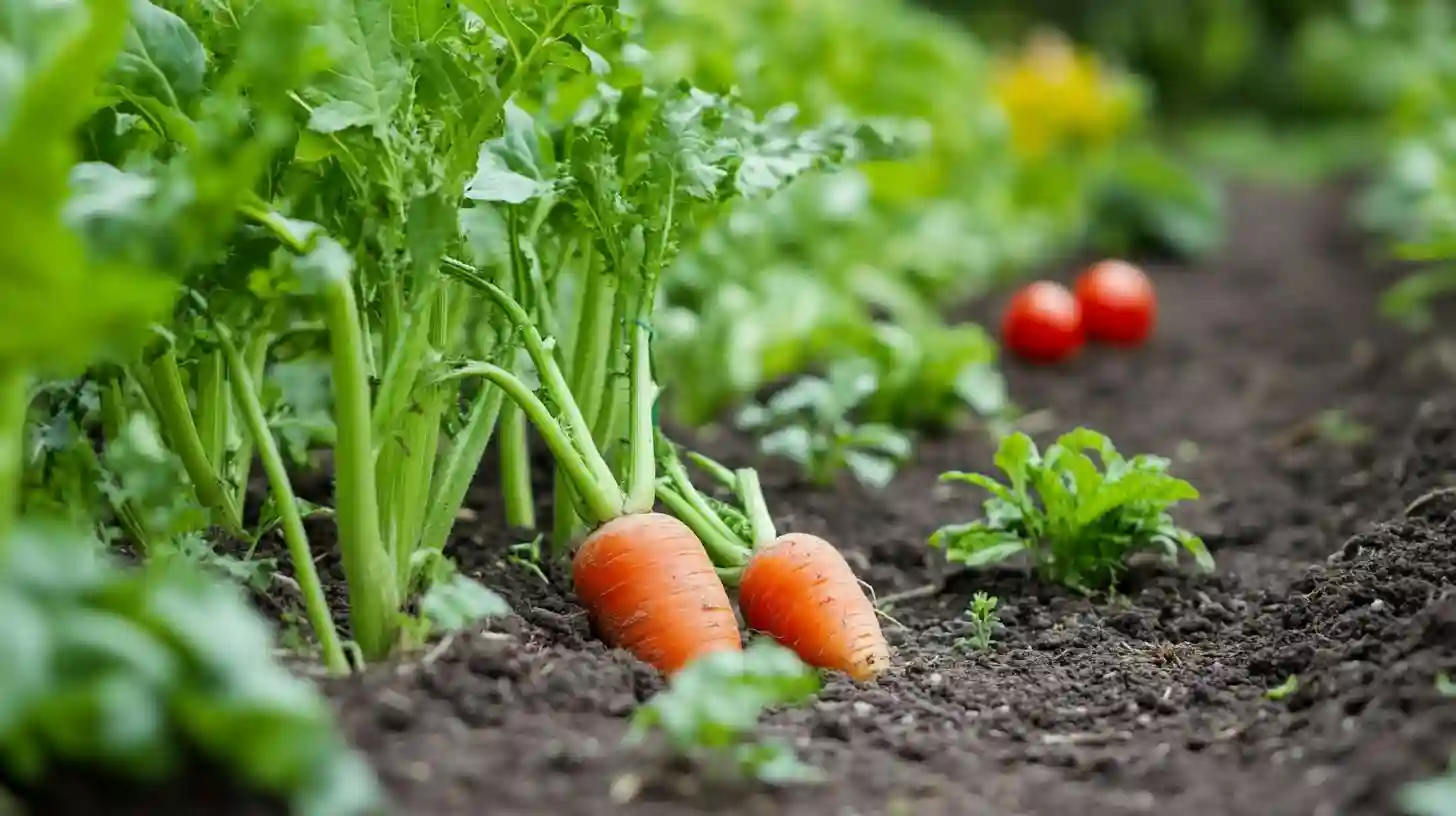
Creating a vegetable garden is a rewarding endeavor that can bring fresh produce to your table while enhancing your outdoor space. With a bit of planning and care, you can cultivate a bountiful garden that thrives throughout the seasons. The first step often begins with understanding your space. Evaluate your available area, considering sunlight exposure, soil type, and access to water. Most vegetables require at least six hours of direct sunlight daily to grow optimally. If you have areas that are shaded part of the day, make note of those spots for growing shade-tolerant plants.
Once you've assessed your gardening space, consider the layout and design of your garden. Raised beds are a popular choice among gardeners, as they offer improved drainage and soil quality. They can also help prevent weeds and pests. If you prefer a more traditional approach, direct sowing seeds or planting in rows within the ground is another viable option. Whichever method you choose, ensure that there is ample space between different crops to foster air circulation and facilitate growth.
Soil quality is paramount in gardening success. A well-structured soil promotes healthy root systems and robust plant growth. Testing the soil's pH can provide you with critical information about its nutrients. Many vegetables thrive in neutral to slightly acidic soils, so it's worth adjusting your soil conditions as necessary. Incorporating organic matter, such as compost or well-rotted manure, will not only enhance soil fertility but also improve its structure. A good mix of nutrients will ensure your plants receive what they need to flourish.
Choosing the right vegetables is another essential step in your gardening venture. Consider planting crops that are well-suited to your climate and those that match your culinary preferences. Some vegetables like tomatoes and cucumbers are popular choices for home gardens due to their versatility in meals. Others, like carrots and beets, can provide a unique flavor profile. Think about planting various types of crops that can be harvested at different times to enjoy a continuous yield throughout the growing season.
Timing your planting is crucial for a successful harvest. Understanding the frost dates for your area will allow you to plant at the right times for each vegetable type. Warm-season crops like peppers and squash may need to wait until after the last frost date, while cool-season crops such as lettuce and peas can generally be sown earlier. Planting at the right time ensures optimal growth conditions and reduces exposure to harsh weather.
Another vital aspect of gardening is watering. While vegetables need consistent moisture, it's essential to avoid oversaturating the soil, which can lead to root rot and other issues. A general guideline is to provide deep watering once or twice a week, rather than light, frequent watering. This encourages deep root development, making your plants more resilient during dry spells. Mulching around plants can help retain soil moisture, reducing the frequency of watering while also suppressing weeds.
Pest and disease management comes into play as your garden matures. Monitor your plants regularly for signs of distress, such as discoloring leaves, wilting, or physical damage. Implementing integrated pest management strategies, such as companion planting, can help deter harmful pests while promoting beneficial insects that aid pollination. Providing physical barriers, such as row covers or netting, can also protect your plants from birds and larger pests.
Fertilizing your garden appropriately is key when it comes to sustaining plant health throughout the growing season. Regular application of organic fertilizers will nourish your plants based on their specific needs. Different vegetables may require different nutrient compositions, so it may be beneficial to consult a gardening reference on the nutritional requirements for the crops you choose to cultivate.
As harvesting time approaches, enjoy the fruits of your labor by picking vegetables at their peak ripeness, which is when they will have the best flavor and nutritional value. Regular harvesting can also encourage further production and prevent plants from going to seed too early.
Embrace the learning curve that comes with gardening. Each season offers opportunities for improvement, experimentation, and the joy of connecting with nature. With patience, dedication, and a willingness to adapt, you can find success in your vegetable gardening endeavors and enjoy the rewards of your hard work.